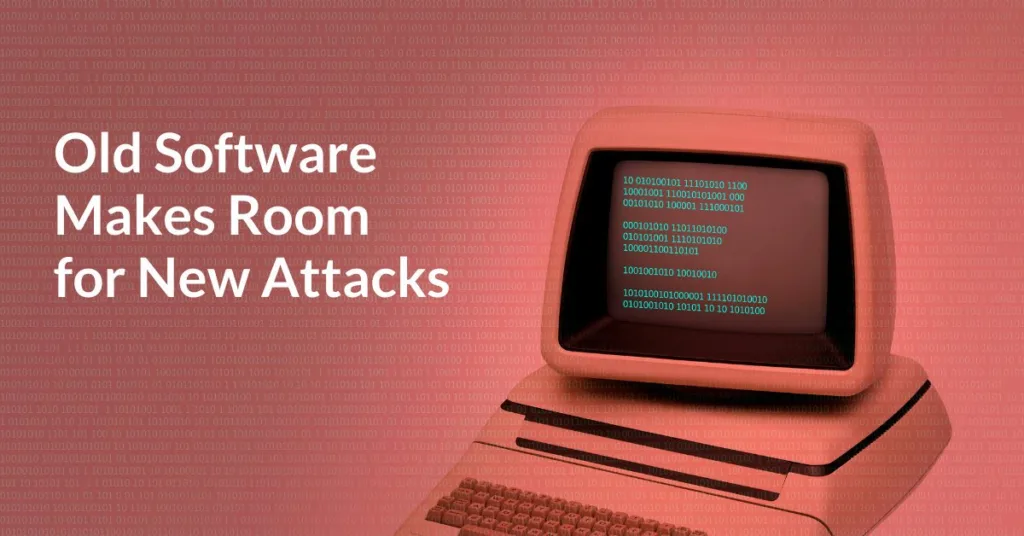Risks Of Using Outdated Software Technologies
Using outdated software can pose significant risks to individuals and organizations. These risks can range from security vulnerabilities to lost productivity and financial losses. In this article, we will explore the various risks of using outdated software and the steps that individuals and organizations can take to mitigate these risks.

One of the main risks of using outdated software is security vulnerabilities
One of the main risks of using outdated software is security vulnerabilities. As software is developed, it is constantly being tested and improved upon. As a result, new versions of the software are released to fix any security vulnerabilities that have been discovered. When using outdated software, these vulnerabilities may not have been addressed, leaving your system open to exploitation. This can result in data breaches, malware infections, and other cyber attacks that can compromise the security and integrity of your system.
Another risk of using outdated software is lost productivity
Another risk of using outdated software is lost productivity. Newer versions of the software are often designed to be more efficient and user-friendly, which can lead to increased productivity for users. Outdated software may not have these features, leading to slower performance and a less efficient work environment. This can be especially problematic for businesses, as lost productivity can translate into lost revenue and financial losses.
In addition to lost productivity, using outdated software can also lead to financial losses in other ways. For example, outdated software may not be compatible with new hardware or operating systems, requiring you to purchase new software or hardware to continue using it. This can be a significant expense, especially if you are using outdated software for mission-critical tasks. Additionally, outdated software may not be supported by the manufacturer, meaning that you may not have access to updates or technical support if you encounter any issues. This can lead to additional costs for troubleshooting and maintenance.
To mitigate the risks of using outdated software, it is important to stay up to date with the latest versions of your software. This may involve purchasing updates or subscriptions to receive ongoing support and updates. It is also important to carefully review any software that you are considering using, to ensure that it is regularly updated and supported by the manufacturer. Additionally, it is a good idea to have a plan in place for transitioning to new software if the software you are currently using is no longer supported or becomes outdated.
In conclusion, using outdated software can pose significant risks to individuals and organizations, including security vulnerabilities, lost productivity, and financial losses. To mitigate these risks, it is important to stay up to date with the latest versions of your software and to have a plan in place for transitioning to new software when necessary. By taking these precautions, you can help protect yourself and your organization from the risks of using outdated software.

